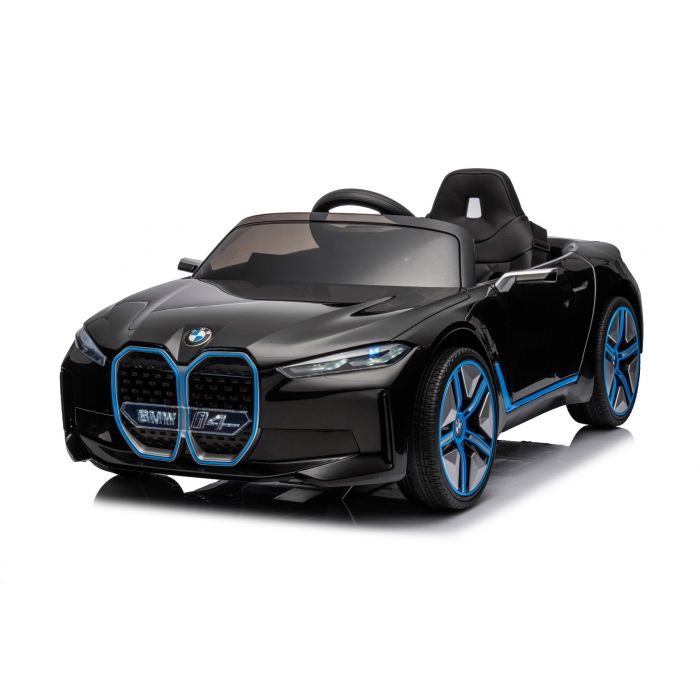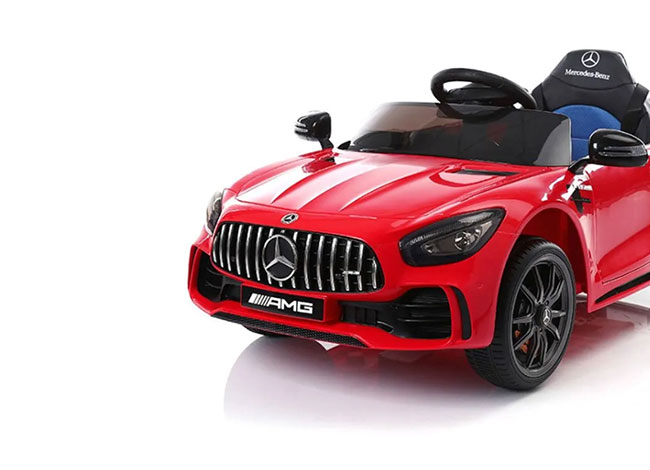Recommended Info To Deciding On Kids Cars
Wiki Article
What Should You Be Looking For When Purchasing A Ride-On Vehicle For Children?
When thinking about ride-on vehicles for children, it is essential to take into account the age, size, and developmental stage to ensure that the vehicle is secure, suitable and enjoyable for children. Here are some things to consider:
The ride-on car must be designed specifically for the stage of your child. These cars usually have an uninspiring, stable design with easy-to use controls. They often also have basic features, like steering wheel, buttons or handles. Choose ride-on cars that have a large base for stability and minimal chance of tipping over.
Children older than 3 years - With age, children are able to manage ride-ons that have more advanced functions and control. Consider vehicles with adjustable seats as well as larger capacity for weight. Also consider features that are interactive such as working lights, sound and music. Find ride-on vehicles with adjustable speed settings or parental controls to accommodate different skill levels and ensure security.
Size
Height and weight Consider your child's height and weight into account when selecting a ride-on car. Select a car whose seat is the right height and weight for your child. Avoid vehicles that are too small or too large and could make your child unsafe or uncomfortable to ride in.
Comfort and Legroom Ensure your child sits comfortably and has sufficient legroom in the ride-on. Be sure that the car's seating space is appropriate to your child's.
Developmental Stage
Motor Skills- Take into consideration your child's abilities in regards to motor skills, coordination, and balance when you choose the right car. Littler toddlers might require simpler features and controls while older children may be able to navigate more complex controls and features with interactive capabilities.
Independence and Confidence The use of ride-on cars can foster independence and confidence for children as they learn to navigate and control their own car. Select a vehicle that gives your child to build their motor skills, as well as their confidence by allowing them to practice the braking, acceleration and steering on their own.
When selecting a ride-on car, consider your child's preferences and the interests of your child. Pick a theme, colour or feature that will draw your child's attention. It might be an old-fashioned automobile or sports car with an interesting character or pickup truck or a classic automobile.
If you consider your child’s age, size, and their development stage, you may pick a car that is engaging and secure. Your child will be able to have hours of fun as they explore. Take a look at the best ride on toys for site tips including electric toy car, childrens digger, ride electric car, electric two seater cars, a toy car, electric car ride, riding digger, childrens electric ride on, 2 seater electric cars, riding digger and more. .

How Can Kids Car Models Be Used Both Indoors And Out?
The models are designed with particular features and attributes that are specific to the particular environment and the use situation, whether indoors or outside. The Indoor Use Cars are different.
Dimensions and weight- Cars made for indoor use will have a smaller dimensions and weigh less, making them easier to maneuver within narrow areas. These include living rooms as well as playrooms. They are small enough to navigate tight corners and narrow passages without damaging walls or furniture.
Low Ground Clearance - Indoor use vehicles have a low clearance to prevent them from getting stuck or getting caught up on obstacles such as rugs, carpets, or thresholds. This allows for seamless and uninterrupted movement over indoor surfaces without risk of becoming stuck or falling over.
Smooth Wheels - The wheels on indoor cars are often composed of smooth materials such as rubber or plastic to provide traction and grip on smooth surfaces, such as hardwood floors, laminate flooring or tile. They are made to block out sound and prevent scratching of indoor surfaces.
Temporary Speed - Indoor use vehicles typically are slower to make sure that they are safe and secure within restricted space. This will help prevent collisions or accidents with furniture, walls or other indoor obstacles.
Outdoor Use Cars -
Durable Construction- Cars which are made for outdoor use are constructed with durable materials. They could be constructed of strong metal or plastic to stand up to outdoor elements such as sunlight, moisture, temperature variations, and rough handling. They are built to withstand the harsh environment of outdoor usage.
The higher the ground clearance is, the better equipped they will be to deal with bumps and uneven terrain. This allows the car to navigate over rough terrains without damaging or getting stuck.
Traction Tires-The tires on cars made for outdoor use typically include treads to provide better traction or grip on slick or uneven surfaces. This will ensure stability and control on outdoor terrain to prevent sliding or skidding.
Weather Resistant Components - Cars intended for outdoor use might have weather-resistant parts like electronic components that are sealed with waterproof casings, or rust resistant materials. These features protect the car from moisture and environmental damage. This allows them to withstand exposure to rain, mud or puddles with no loss of performance.
Outdoor-use vehicles have a higher speeds to cover vast areas and distances. Children can enjoy an exciting and thrilling experience when out in the open.
Take note of these characteristics and features when selecting a car to drive your child's car. It will be adapted to the specific environment and use that you are thinking about, whether it is outdoor, indoors, or both. You will be able to ensure that your child will have a long-lasting, enjoyable and safe experience for your child. Have a look at the top rated discover more for McLaren kids car for website advice including two seater childrens electric cars, childs ride on car, toy in car, remote control childrens electric cars, remote control childrens car, ride electric car, a toy car, toy a car, electric car ride, childrens electric ride on and more. .

What Are The Remote Controls For Children's Cars That Are Available? What Are The Pros And Con?
Remote-controlled cars for children, also known as RC cars, are offered in a wide range of sizes, styles and prices that can accommodate different budgets and preferences. This article will provide an overview of the types, sizes, prices along with pros and cons of remote controlled children's cars Different types of remote controls for Children's Cars
Electric RC Cars – Remote-controlled electric cars that are powered by batteries. They can be used indoors or outdoors. The cars are available in various styles, such as trucks or buggies.
Nitro RC Cars – Gas RC cars with faster speed and higher performance. They do require more knowledge and expertise to operate. They are larger and usually more expensive than electric RC Cars.
Scale Models are remote-controlled replicas which include vehicles, trucks and aircrafts. Scale models are available in a variety of sizes, from 1 10 to 1-24 and larger scales providing more details and authenticity.
Sizes -
The sizes of remote-control cars for children range from tiny micro-sized models to larger-scale versions. The size of a vehicle can impact the performance of it and its speed.
Micro-sized vehicles are compact and light, which makes them ideal for indoor play and use by young children. The larger cars have more power and are durable and are perfect for off-road and racing in the outdoors. driving.
Prices
Prices for remote-controlled children's vehicles depend on the factors that determine them, such as size, features and brand.
Small electric and nitro powered RRC cars are available in sizes that range from $20 up to $100.
The cost of scale models and hobby grade RC vehicles can range between a few hundred dollars to more than 1,000 dollars based on their level of performance and the level of detail.
Pros and Cons
Pros -
Remote Control Cars for Children - These cars are perfect to entertain your children. They can be used by adults as well as children.
Skills Development Utilizing an RC vehicle aids in the development of spatial awareness, hand-eye coordination and problem-solving abilities.
Social Interaction: RC cars are a great way to play with family members and friends, encouraging collaboration and social interaction.
Customization – Many RC cars can be modified with aftermarket parts or upgrades to enhance performance and look.
Cons
Cost – A remote-controlled car for kids with the latest features or even hobby model cars can cost a lot.
Learning Curve: Operating a RC car requires some practice and. Children younger than 10 may be unable to manage the controls.
Maintenance - Vehicles with RC engines require regular maintenance. This includes cleaning, lubrication as regular repairs and replacements of parts.
Safety Risks RC vehicles pose dangers to safety like falls, collisions and electrical hazards when not operated under adult supervision and with proper care.
In general, remote-controlled children's cars offer a thrilling as well as educational experience for children of all ages, however it is important to take into consideration aspects like size, price features, and safety when choosing the right model for your child. For older children, hobby-grade RC car models may be the best choice. However, simpler models could be a good option for children who are younger. See the recommended ride on toys kidscars.co.uk advice for more tips including pedal car, toy cars, toy car, kidscars, toy car, childs ride on car, car toy toy, ride on toy, race car toy car, car on ride and more. .
